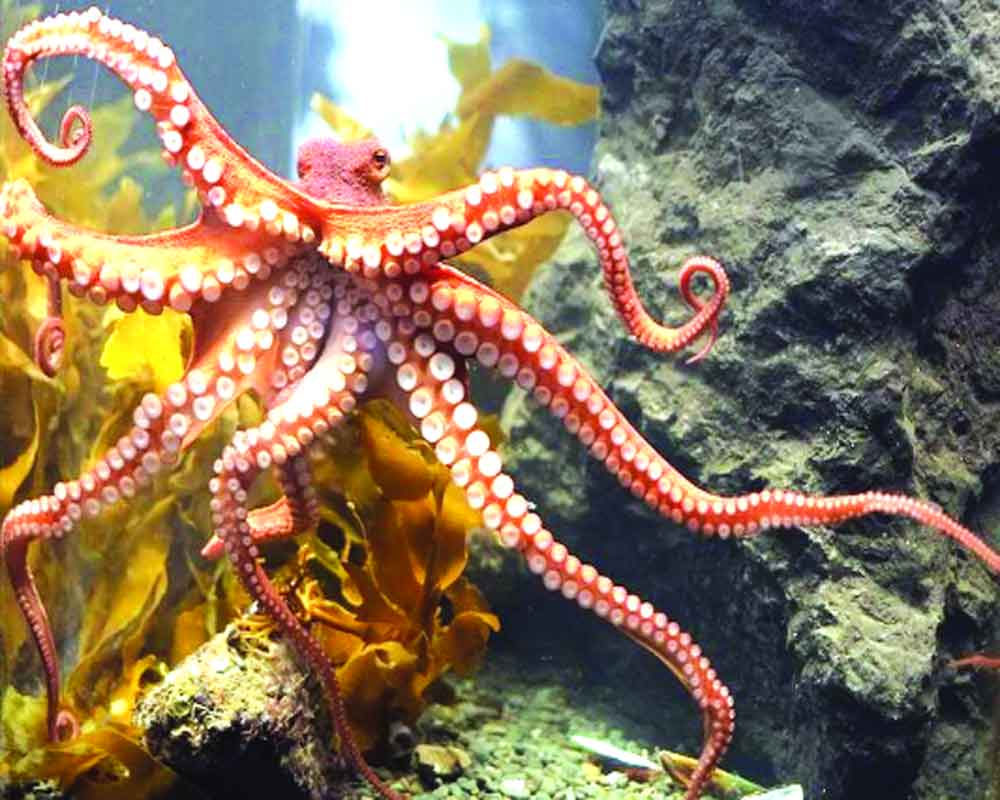An octopus may look like a monster and creepy creature to many of us, but its female species is known for obsessively guarding and tending her eggs — she can lay up to 4,00,000 eggs. In fact, octopus moms don’t leave the eggs unattended even to feed themselves. By the time the eggs hatch, the moms die, starving and exhausted.
Orangutan, an ape, devotes a very large percentage of their total lifespan to caring for one individual baby. In fact, they nurse them up to 8 years — longer than any other primate.
Similarly, cheetah mothers, nurture and train their cubs for 18 months as hunters before leaving them to live on their own in wild. While African elephant mothers carry their babies in their womb for a 22-month pregnancy — the longest gestation period of any mammal.
The “super moms” of animal kingdom who like most of the human mothers show extraordinary levels of dedication, attention, and selflessness while caring for their young.
“Maternal care has evolved repeatedly across different species,” said Dr Ben Dantzer, assistant Professor of Psychology and Ecology and Evolutionary Biology at the University of Michigan in an article posted on geek.com.
He further explained, “The reason it would evolve is simply that there is this period of time when offspring are highly vulnerable, so anything to increase the chances of offspring surviving is going to be favoured.”
Deep-sea octopus (Graneledone boreopacifica) stands out among the super moms. It is known for the longest-known egg-brooding period of any animal. Consider this: In 2011, researchers began keeping tabs on one female off the central California coast that guarded her eggs for an astonishing 4.5 years.
While Octopus mom starves herself to death, the crab spider mother offers herself as a first meal for its just born babies. It is a phenomenon known as matriphagy, where a mother is consumed by her young. In the case of the crab spiders, it starts with the tiny spiderlings swarming over her and sucking out the liquid from her leg joints. Eventually the mother weakens and becomes decrepit, at which point the spiderlings just eat her.
“They literally suck her dry and then start cannibalising her,” said University of Melbourne expert from the School of BioSciences Professor Raoul Mulder in another article.
In contrast, Dantzer points out, mammals or primates have fewer offspring but provide longer periods of care for their babies. For example, he said, “Orangutans can keep having babies well into their 40s, but they only have one baby at a time and reproduce only every 9 years or so. That means that over their lifetime, a female orangutan might only have 2-3 babies.” Given that orangutans live about 50 years or so, Dantzer explained that is a huge time investment in raising just a few babies relative to their total lifespan. According to World Wildlife Fund, the bond between an orangutan mother and her young is one of the strongest in nature.
That’s probably because Orangutan moms spend the first two years of their baby’s life as their sole source of food and transportation. Then they spend six to seven years teaching them where to find food, what and how to eat and how to build a nest to sleep in. Female orangutans have even been known to visit with their moms when they grow up.
However, one of the best super mom that Danzer can think of is the Caecilian that look like snakes - they’re legless - but in actual are amphibians. “They live underground, usually in rainforests, and aren’t seen that often, but when they are born, they have sharp tiny teeth on the front of their mouth.
“When the mom is brooding her offspring, she produces this lipid-rich skin and her offspring use their little teeth to bite into the skin, rip it off and eat it.” She then re-grows her skin every three days to keep feeding them until they’re grown, Danzer added.
But some species are more caring as they spend a lot of time dedicating to their offspring before they’re even born. Take the case of elephant, said Jan Vertefeuille, senior director for Advocacy and Wildlife Conservation at the World Wildlife Fund in the article. “These mothers carry their babies for a whopping 22-month pregnancy - the longest gestation period of any mammal.”
So here’s applause for these silent super moms whose action of affection and maternal care does talking instead of words!


























